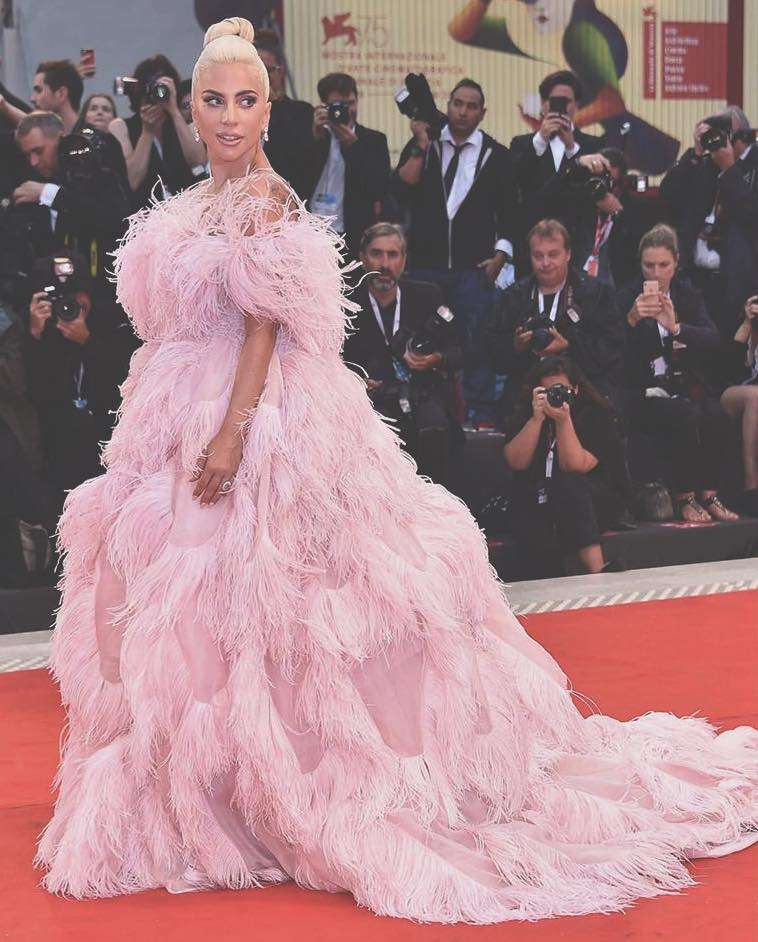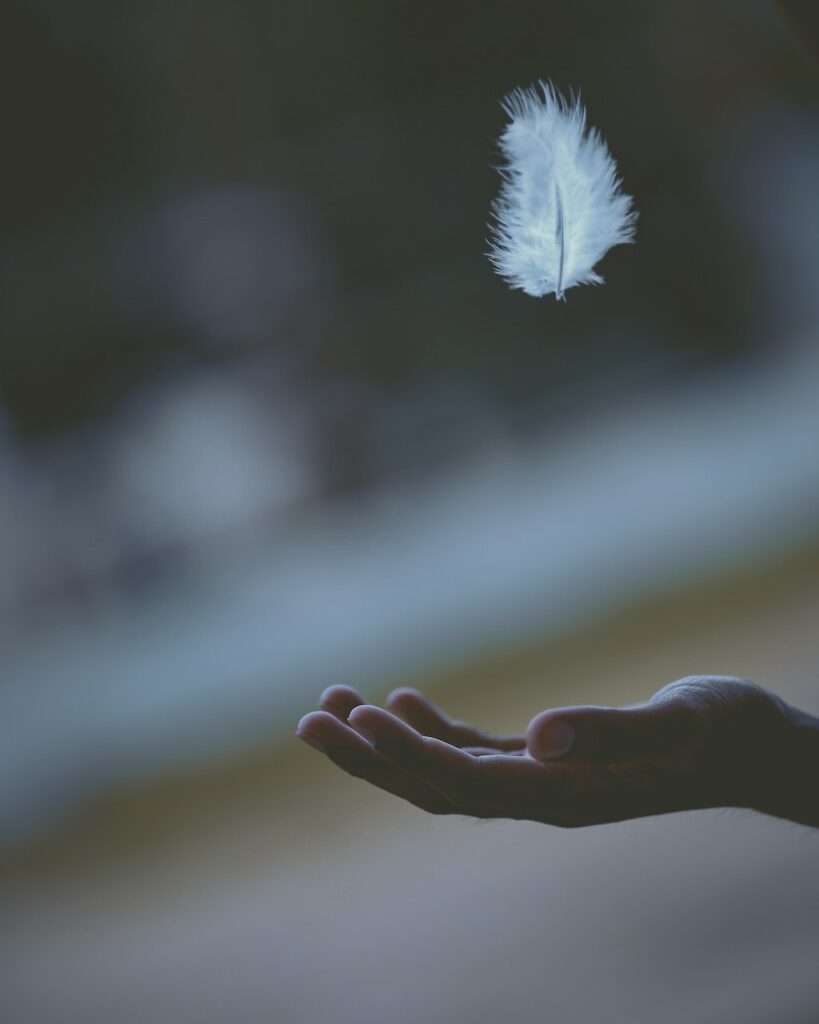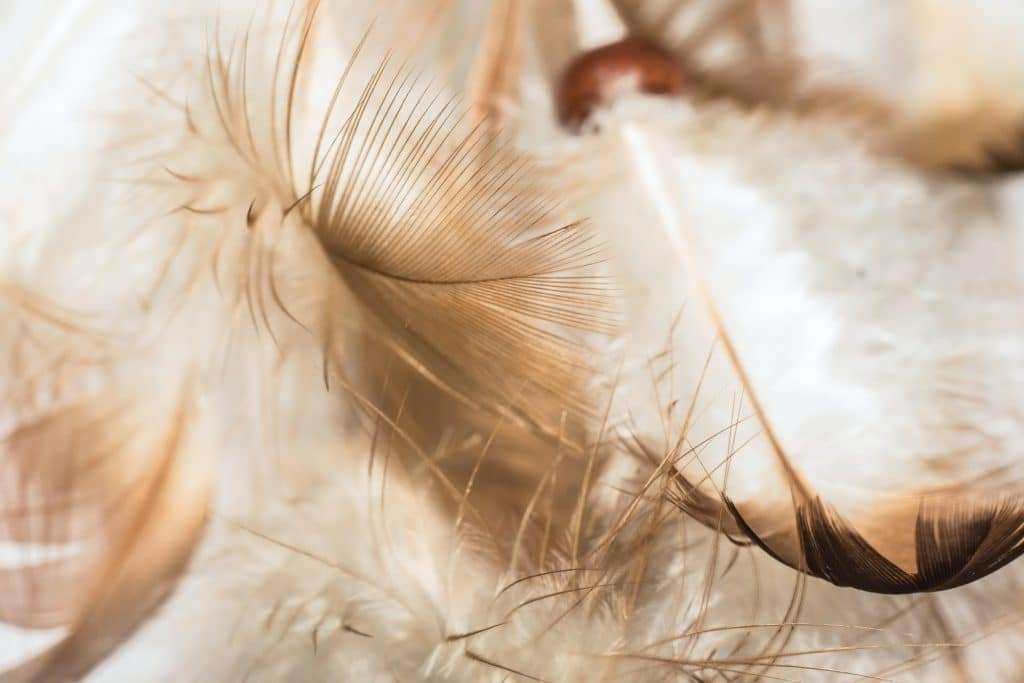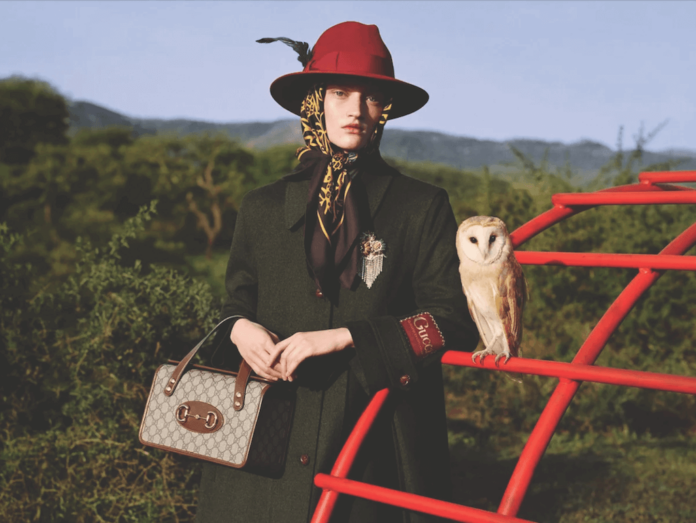Fashion goes in cycles. What is trendy now will fall out of favor in a few years, only to come back again in a couple of decades or so, or maybe less. But one trend that never seems to really leave the catwalk? Feathers.
Three years after Kendall and Kylie Jenner stepped out at the Met Gala in their, arguably, iconic Versace feather dresses, Hailey Bieber graced the same red carpet last year wearing a Saint Laurent gown and a matching feather-adorned jacket. She wasn’t alone. Emma Stone, Eiza Gonzáles, Sarah Jessica Parker, and Ashley Park all relied on feathers to bring their looks together for the prestigious event, hosted by the darling of the fashion world, Vogue editor Anna Wintour.

So far this year, fashion has been all about feather cuffs, and you can also find a dress with feather trim at Miu Miu for around $3,700, or a pair of feather trousers for a cool $13,500 at Gucci. But it’s nothing new, really. Ten years ago, we were all wearing feather earrings (and if the 2010 revival sticks around, we’ll be seeing them again very soon). In fashion, feathers are all about maximalism, excess, and luxury. And that’s also why, way back in the 1800s, feather-trimmed hats were all the rage, too.
But there’s a problem with fashion’s love of feathers. Namely, the birds that they’re plucked from. The last few years have seen luxury brands banish fur from their collections in the name of ethics and sustainability. But feathers don’t seem to have the same reputation. And, according to animal rights activists, that’s wrong.
So what’s actually up with feathers? And is there a way to still follow the trend without hurting birds? Let’s dive in.
Is the feather industry cruel?
Most statement feather looks from luxury brands use ostrich feathers. They’re fluffy, they’re symmetrical, and to be honest, they just look impressive. But there’s a big negative side to the industry.
Most ostrich farms are located in South Africa, where the birds can also be found running free in the wild. But because, unlike many other species of bird, ostriches don’t molt, this means that the farmed birds have to have their feathers plucked directly out of their skin. This can happen when they’re alive, or when they’re dead (as ostriches are also slaughtered for the meat and leather industries).

According to the animal rights organization PETA Australia, when the birds are live-plucked, a bag is placed over their head while their feathers are pulled from their skin follicles by hand or with a pair of pliers. “Some birds are returned to cages, bleeding from their fresh wounds,” notes the organization, which has carried out undercover investigations into the industry.
“Others are shot with a captive-bolt gun or electrically shocked and hung upside down, then their throats are slit and the blood slowly drains from their featherless bodies.”
Environmental impact of feathers
It all sounds pretty gruesome. But Collective Fashion Justice, another organization campaigning for change in the fashion industry, notes that the system is not just unnecessarily violent, but it’s “ecologically inefficient” too. That’s unsurprising because all animal agriculture is associated with major environmental problems, like the intensive use of natural resources and pollution.
“Nitrogen is released from waste on ostrich farms. This waste is made up of urine, feces, dead birds, broken eggs, feathers, and other organic matter,” notes Collective Fashion Justice. “This is a problem because if waste is not disposed of effectively, nitrogen can contribute to eutrophication, which in turn can cause dead zones in both fresh and salt water, killing aquatic life.”
But what about other feather-bearing animals? Geese and duck feathers are used in down insulation, which is often used in jackets in the fashion industry, but also in bedding. Live-plucking is common, and most of the birds also end up slaughtered for meat.

But this isn’t always the case. Wild eider ducks naturally shed their light, fluffy feathers, which are then later collected by Icelandic harvesters. But even this practice has its critics, as, ultimately, any human involvement is still going to disrupt wildlife and the delicate ecosystems that rely on it remaining untouched and undisturbed.
So what’s the answer? Well, for starters, we could just not wear feathers. “There’s just no excuse for wearing bits and pieces of an animal when we have so many better options at our disposal,” Ashley Byrne, PETA’s associate director of campaigns told Fashionista in 2018.
What are the ethical alternatives to feathers?
Unlike faux fur, which is everywhere, fake feathers aren’t that common. Most feathers that you come across will be real.
But in lieu of vegan feathers, there are other ways you can embrace maximalist, show-stopping fashion. From a distance, Lizzo’s 2023 Brits neck gear appeared to be a plume of pink feathers, but if you look closer, you’d notice that the outfit was actually made with tulle, a type of soft netting, often used to make skirts.
You can also embrace maximalist trends in other ways that are totally feather-free, by clashing prints, embracing bright colors, or layering up your favorite pieces of jewelry (find ten recycled and upcycled luxury jewelry brands here), for example.
And, if you really want to work the feather look, instead of buying new, it’s always more sustainable and more ethical to find pieces that already exist. After all, throwing them in the trash isn’t doing anyone any good, especially not the planet.
Related on Ethos:


